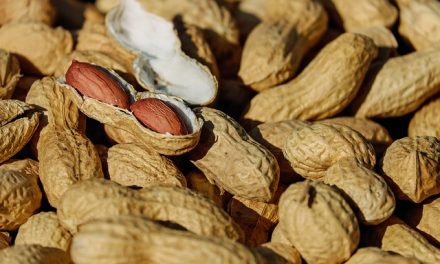The need for fiber becomes self-evident as you grow older and recognize that "roughage" is necessary for regularity. But there are other important benefits as well � benefits with long-term health implications. Perhaps more than any other nutrition practice, good fiber intake is important to our daily quality of life. Making sure that you get all the fiber you need is one of those "must do" rules of good nutrition.
Fiber refers to the complex carbohydrates in various foods that our body is unable to digest. It is not absorbed and is, therefore, excreted. There are two basic kinds of fiber: soluble and insoluble. While insoluble fiber provides bulk and substance to stools, soluble fiber dissolves in water, similar to pectin in jelly. It "grabs" onto various fatty substances during digestion and appears to help lower blood cholesterol levels.
The wonders of fiber are well-documented and tested. Fiber is directly connected to a variety of health conditions. Fiber has been called "nature's broom" because it keeps things moving. It helps maintain regularity by adding bulk and keeping moisture in the stools. Softer stools are more easily passed and reduce the possibility of constipation. They also help lower the incidence of both hemorrhoids and diverticulosis. Increased fiber is the front-line treatment for all three conditions.
Research has not yet established the cause of colon and rectal cancers. Although two recent studies found that fiber did not prevent growths linked to colon cancer, experts warn that people should not abandon diets that have been consistently linked to reducing the risk of colon cancer. Over the years, research has continued to link a lower colon cancer risk with a diet high in fiber. Without enough fiber, transit time of waste is slowed. Research suggests that a lack of fiber both concentrates potentially harmful substances in waste and allows more contact time with intestinal walls.
Soluble fiber is also helpful in managing diabetes. It has consistently been shown to help lower blood sugar levels and thus reduce a diabetic's need for medication.
Content Continues Below ⤵ ↷
Fiber has been found to help lower blood cholesterol levels of some people. Studies of communities that ate oatmeal daily have shown that this grain can lower cholesterol levels, and the U.S. Food & Drug Administration approved this health claim for oatmeal labels. High-fiber foods are good to include in any weight management plan, if they are low in fat and calories. They also require chewing, which may help control your appetite and the amount of food eaten. The added bulk can also help you feel satisfied longer. Best of all for those trying to lose weight, because fiber itself is not digested, it is not fattening.
A daily fiber intake of 20 to 35 grams is recommended for optimum results. Since studies show that the average person only eats 11-14 grams of fiber a day, many people need to at least double their intake. Foods with the highest fiber content contain five grams or more per serving. Foods with a fiber content between two and one-half and five grams are considered good sources.
Whole grains, fruits and vegetables are the best sources of fiber. At the top of the list is 100% bran cereal. One-third cup provides eight grams of fiber. A serving (three-quarters cup) of oatmeal provides three grams of fiber. A slice of whole-wheat bread represents only two grams.
Fruits, vegetables, beans and lentils can also be valuable sources of fiber. Just two dried figs, one cup of strawberries, a baked potato with skin, or one-half cup of beans or lentils provide 4 grams per serving. Most other fruits and vegetables provide about two and one-half grams per serving. (Juice has no fiber.)
One note of caution: If your fiber intake has been low, it is important that you increase your intake gradually. Adding a large amount of fiber suddenly to a digestive system that is not used to a high-fiber diet can cause gas, cramping and diarrhea. Increase your level over several months, making sure to boost your fluid intake at the same time.
JoAnn Prophet, MS, RD
AICR









